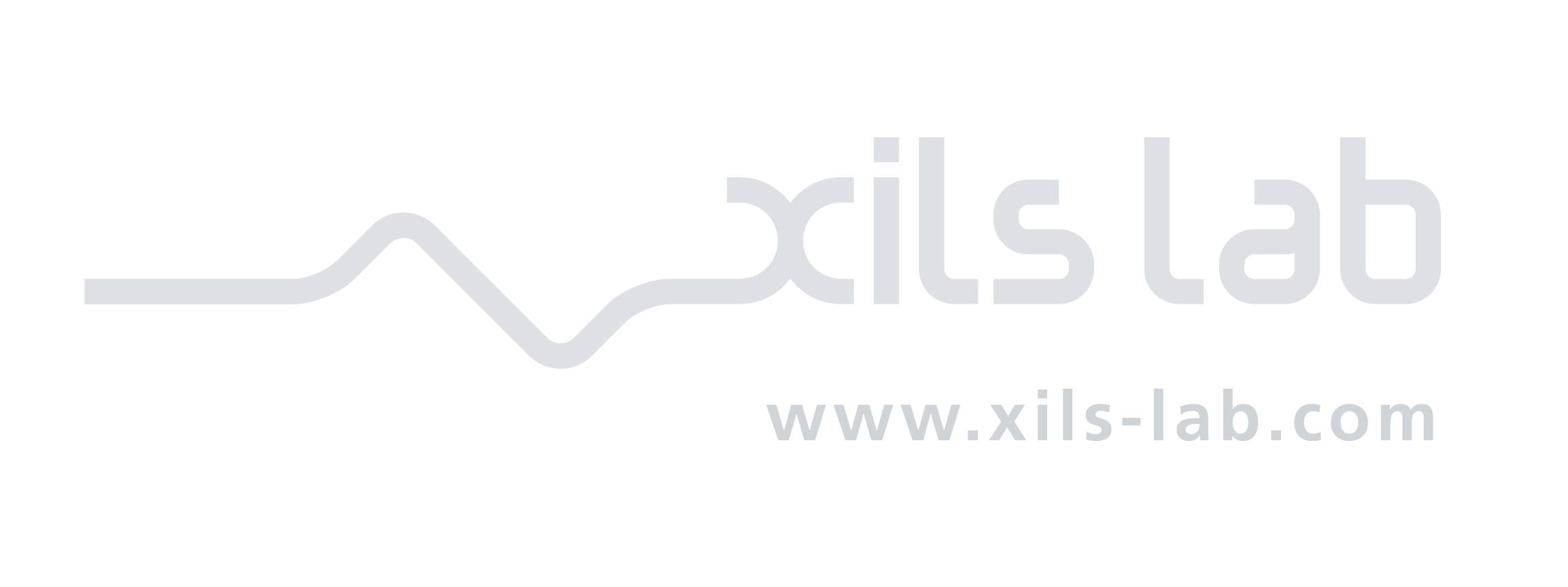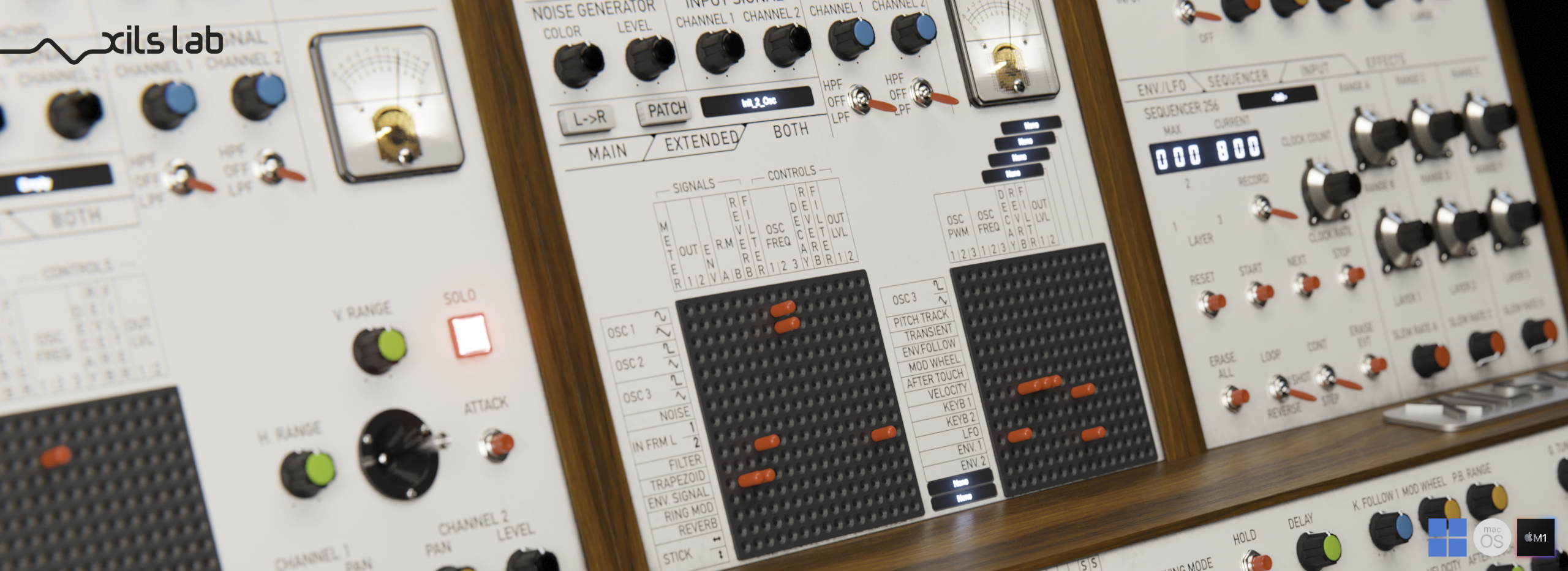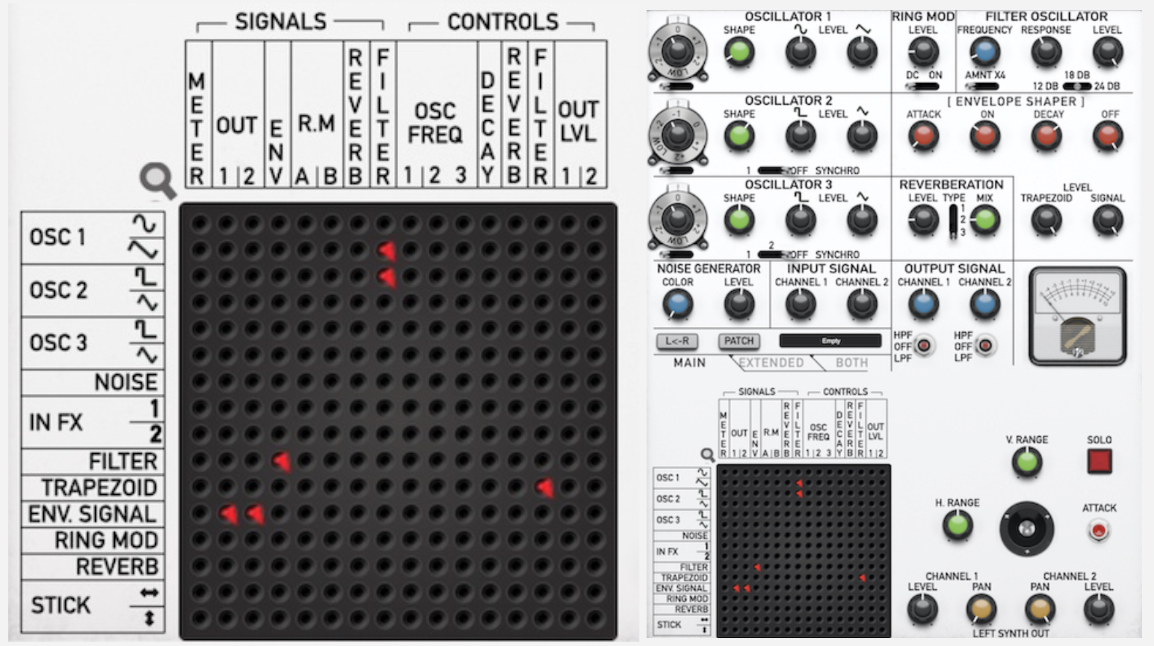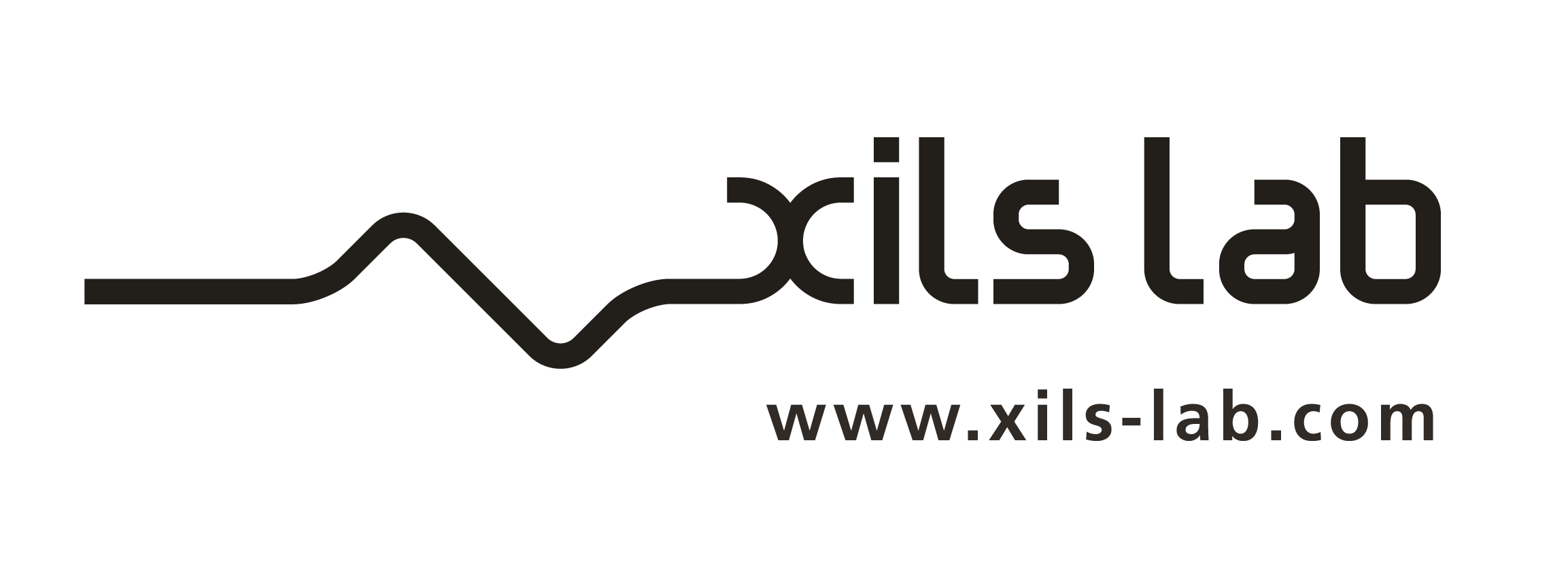Ultimate Analog Matrix Modular Synthesizer
Xils 4 is a powerful virtual synthesizer developed by Xils-lab. This software instrument offers a wide range of analog-inspired sounds and features, making it a versatile tool for sound designers, producers, and musicians alike. With its intuitive interface and extensive modulation options, Xils 4 allows users to create unique and expressive sounds. Whether you’re looking for warm pads, fat basses, or complex leads, Xils 4 has got you covered.
Videos and Reviews
Interesting Facts
- The XILS 4 emulates a prototype that was never released: an EMS VCS4, based on two intricate and interacting VCS 3 (Synthi) cores.
- We also coupled these with the famous 256 analog Poly-sequencer.
FEATURES
- 12 Aliasing-free Oscillators, grouped in 6 pairs, with Wave-shaping, Hard synchronization, + 2 additional Noise oscillators
- 2 Analog Multimode Filters, Non Linear and Zero Delay behaviors, with 3 Modes (12/18/24 dB)
- 4 Trapezoidal, looping, Envelope Generators (Switchable to standard ADSR)
- 1 Polyphonic LFO (including 2 Oscillators, each one with two outputs, acting as an LFO at audio rate)
- Polyphonic Ring Modulator and VCA engine
- Cascade Mode: Synthesizer 1 can feed Synthesizer 2 engine inputs
- 4 independent outputs feeding the Stereo Bus, each with one analog LP/HP filter
- 2 Programmable Joystick Vector Controllers (up to 32+32 modulation targets)
- Polyphonic Sequencer with 3 independent lines, Slew rates, 3 recording modes
- Sequencer can behave as a modulation source
- Pitch Tracker, Envelope Follower, Transient, Gate and Sample & Hold modules
- Chorus, Delay, Phaser and Spring Reverb
- 6 Play modes (including Unison 2/4/6), Polyphonic and Mono Portamento/Glissando/Legato, 2 different Keyboard Scalings, Polyphonic Aftertouch and VCA handling
- Nearly 700 presets made by world-famous Sound Designers
- Preset Database Engine (Find the right patch in a flash, create your own tags)
- Comprehensive manual with Getting Started and Tutorial sections
- More than 100 parameters map-able to midi controllers
- More than 1100 possible connexions per patch !
HIGHLIGHTS
The XILS 4 emulates a prototype that was never released: an EMS VCS4, based on two intricate and interacting VCS 3 (Synthi) cores. We also coupled these with the famous 256 analog Poly-sequencer.
The XILS 4 Take the 2nd huge Pin Matrix and its numerous additional modules:
Envelopes, LFOs, S&H, Voltage Processor, Pitch Tracker, Transient etc. Or the recreation of the unique, powerful 256 analog Poly-sequencer, intimately tied to the synthesis engines. Add to that the analog Chorus (3 modes), Delay, Phaser and the Spring Reverb, and the full picture emerges.
In the XILS 4, you can connect everything with everything, Oscillators, Filters, but also Ring Modulator and Spring Reverb.
More than 1140 possible different connections per patch under your control and inspiration.
Did we say at Audio Rate?
Furthermore, each connection point has its own amount: an endless source of inspiration for those who want to go deep into the heart of Analog Modular Synthesis.
With the XILS 4 research Synthesizer, things that were impossible yesterday become possible with never ending programming possibilities.
Not sure you’re ready for modular monsters ? This synthesizer includes a new preset factory library with more than 350 presets that were especially designed for it, and also includes the XILS 3 factory library.
It also includes tutorial patches, helping you to climb the first steps of your modular life.
MacOS
Latest Version: 1.6.2
Windows
Latest Version: 1.6.2
Request a Time Limited full license
The Time limited DEMO license:
-
Time limited to 15 days
-
Allowing running the full version with all its features
-
Only iLok protection allowed
Request your TIME LIMITED DEMO License
-
Mac OSX 10.13 and later (64 bits, Intel and Apple Silicone): VST, VST3, Audio Unit, AAX (native)
-
Windows 7,8,10 and 11 (64 bits); VST2.4, VST3, AAX (native)
Testimonials
History:
Why two synthesizers for the XILS 4 ?
Tim Blake told us about his old “Crystal Machine” combo: two linked AKS machines with hard synchronization between oscillators. One was connected to the keyboard, and the other connected to the sequencer.
Peter Zinovieff also told us about a never released EMS prototype, the VCS 4: two linked VCS3!
We mixed both concepts, then added a lot of modules inherited from the XILS 3: and so the XILS 4 was born!
1969: The PIN MATRIX REVOLUTION
XILS 4 combines Two XILS 3 synthesizers that interact in many ways. To understand the genesis of the XILS 3, a recreation of the famous EMS Synthi synthesizer, we have to go back to… 1969.
In a modular synthesizer, you can connect any module to another one. Peter Zinovieff, the visionary synth Wizard, established, with the EMS series, a new way to connect modules: The Pin Matrix. Just plug a pin in the Matrix, and the connection is set.
Advantages of these techniques were obvious, breathtaking: More inputs and outputs for each module. No more cables cluttering the synth panel. Easy to operate, read and visualize. Easier to build your patch. No more roadies: The analog modular synthesizer suddenly became portable. Add to this the first Vector Synthesis experiments.
The XILS 3-4 series offers the same advantages, but additionally brings a lot more to the table.
Matrix Synthesizer
Six oscillators grouped in Three pairs
-
Hard synchronisation
-
One Low pass filter with 12, 18 and 24 db slope
-
One spring reverb
-
One Trapezoidal looping envelope
-
One Polyphonic Ring Modulator
-
One Noise generator
-
Two output static filters
Oscillators: Beyond the digital limitation, as in all our synthesizers’ oscillators, we reproduce the analog behavior giving liveliness and liberty to these iconic sounds: The analog spirit has been preserved.
XILS 4 oscillators were modeled to reproduce the original waveforms as closely as possible.
The following figures compare the different waveforms of the original AKS model and those of the XILS 4.
As you can see, the rising front is sharp, but as the signal reaches its maximum, it becomes slower. This gives XILS 4 Oscillators a unique analog sound and character: soft and warm, yet very rich in harmonics.
The PIN MATRICES:
As we saw, modules have to be connected through patch areas called Pin Matrices.
The XILS 4 offers no less than 8 Pin Matrices: 2* 256+256 points dedicated to the main audio synthesis, one for the trig connections, and 4 for the sequencer connections (one for the modulation and one for the trig connections) Experts will spot at once that, in the 2 extended Matrices, you can freely define some sources and destinations in the last two rows of lines and columns, like S&H, or even Envelope Segments.
And, yes, that means even more fun, and ultimate tweaking possibilities!
The XILS 4 offers no less than 8 Pin Matrices: Two 256+225 points dedicated to the main audio synthesis, one for the trig connections, and three others for the sequencer connections (two for the modulation and one for the trig connections) Experts will at once spot that, in the extended Matrix, you can freely define some sources and destinations in the last two rows of lines and columns, like S&H, or even Envelope Segments.
Thanks to these added matrices, the sequencer can independently modulate the “right” or the “left” core!
Last but not least, the Keyboard trig can be delayed: the envelopes can be triggered at two different times.
And, yes, that means even more fun, and ultimate tweaking possibilities!
Filter
No synthesis can be done without a good filter: the XILS 4 multimode filter was modeled to reproduce the analog character of the original machine.
The 18 and 24 dB low-pass types can self-oscillate. Internal non-linearities have been finely reproduced: It is faithful to the “zero-delay” behavior found in real life to give you a big smile when sweeping it.
The Effects
The XILS 4 provides four warm and wide sounding audio effects.

-
A Chorus (3 modes)
-
A Delay (Tempo Syncable)
-
A Phaser (with enhanced analog behavior)
-
A Reverb
Each effect with independent input routing (For instance, you can process the Left core with a chorus and delay, the right core with the phase and the whole output with the reverb)
XILS 4 as an effect Processor
The XILS 4 can also be used as a terrific effect processor. The plug-in inputs can be used directly, feeding the filters, or as audio rate modulation sources… endless possibilities.
To increase the fun a little bit, we added 4 input audio processors, making XILS 4 a fantastic mangling machine!

-
Transient Follower (which generates trigs or envelopes)
-
Envelope Follower
-
Featured Gate
-
Pitch Tracker
The Polyphonic Sequencer:
The Sequencer has been inspired by the EMS 256 sequencer, a powerful 3 layer/2 track device, with some unique features, like 3 independent slew rate knobs.
Here again a few things were added, like Sequencer Lines acting as Modulation Sources in a special Matrix. Interactions that you cannot reproduce in even the most sophisticated DAW.
Note: The sequencer can modulate or trigger both cores independently.
-
6 independent Sequencer lines.
-
3 Record modes ( Live, Step, Edit )
-
Make sure to watch the tutorial video to quickly learn how to use it.
Vector Synthesis:
The Pin Matrix and looping analog envelopes weren’t the only innovative features of the EMS series. Vector Synthesis should definitely be added to the list. The Joystick, with its numerous inputs and outputs, should be regarded as a giant step toward Vector Synthesis, and what is now known as Macro controllers.
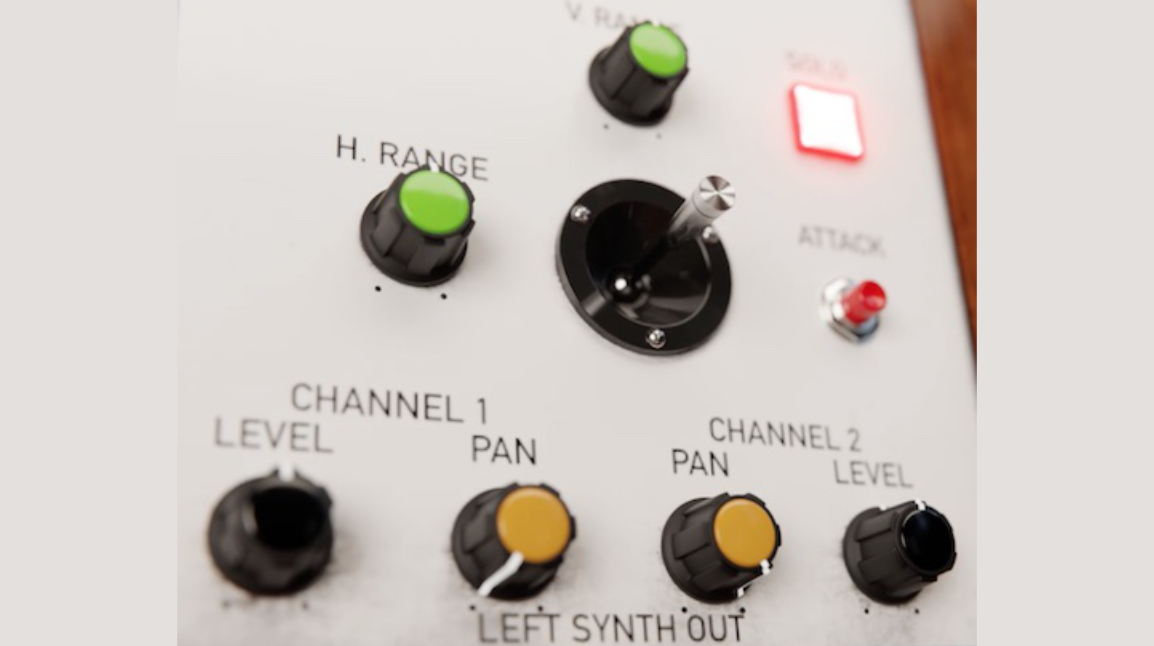 With the XILS 4 Joystick duo (yes each engine has its own Joystick), you can not only make fascinating real time controlled evolving sequences or performances, but you can also find many interesting and varied patches nested in a single patch. Almost all XILS 4 factory library presets have been created to make use of the Joystick and other real time controllers.
With the XILS 4 Joystick duo (yes each engine has its own Joystick), you can not only make fascinating real time controlled evolving sequences or performances, but you can also find many interesting and varied patches nested in a single patch. Almost all XILS 4 factory library presets have been created to make use of the Joystick and other real time controllers.
The Extended Modules (Augmented Matricity)
To increase the sound design possibilities, we have added 5 other modules intended to be connected via the Extended Matrix (2×225 new possible connections).
-
Two additional envelopes (Trapezoidal or ADSR)
-
One Tempo-syncable LFO
-
One Tempo-syncable Sample and Hold
-
One voltage processor (with a delay feature)
